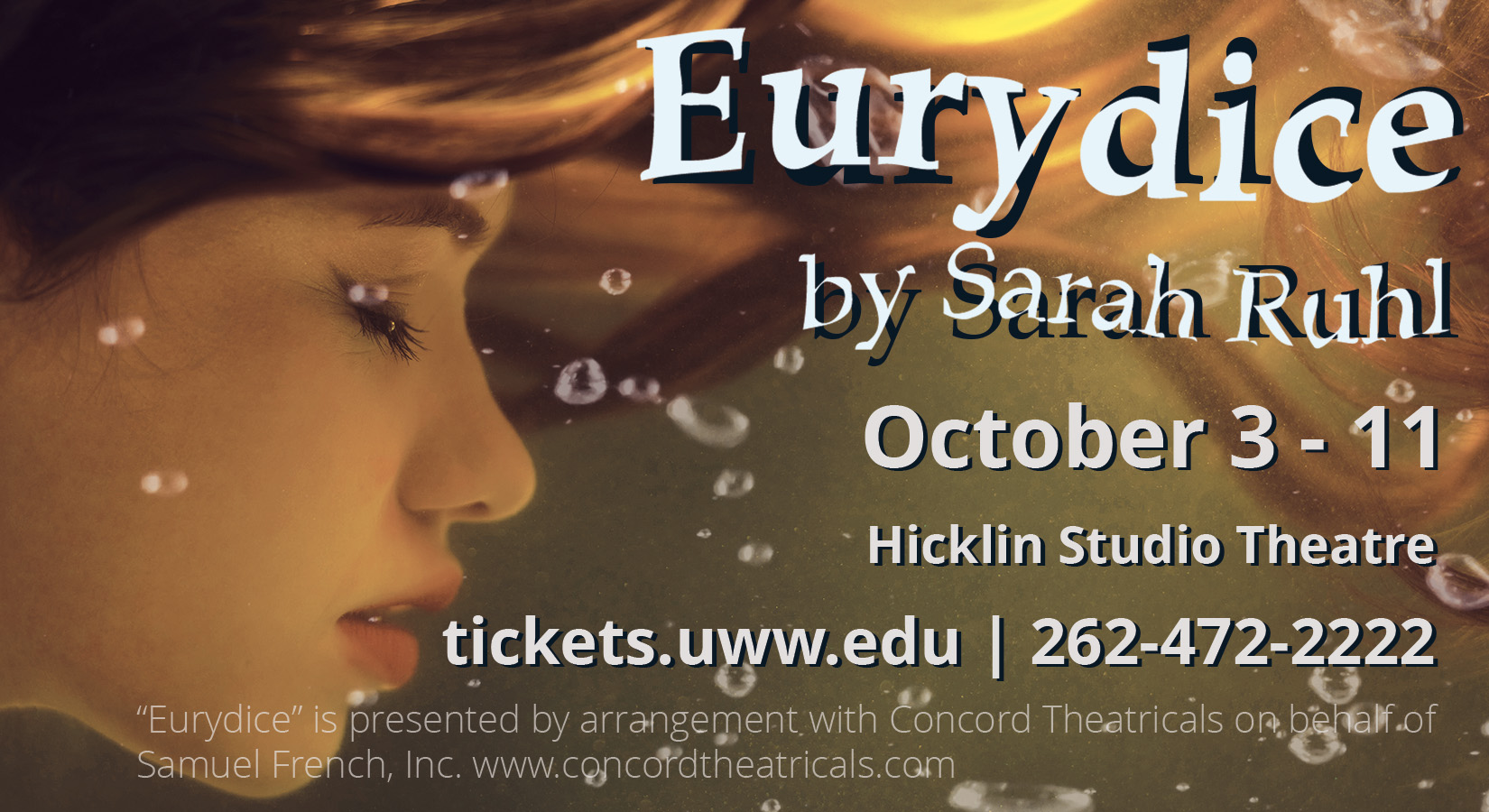UW-Whitewater Professor Showcases Talent with friend from MSO
January 27, 2020
On Jan. 23, 2020, Benjamin Whitcomb, a professor of Cello and Music Theory at UW-Whitewater, performed alongside his long-time friend Peter J. Thomas of the Milwaukee Symphony Orchestra at a showcase of talent for friends, colleagues and anyone else interested in classical cello music. They chose and performed a set of six musical pieces, where five were specifically composed as cello duets, and the last of the pieces was described by professor Whitcomb as “not not written for two cellos!”
There was a twang of excitement that the audience was sure to feel before the start of the concert, and that same excitement carried over throughout the performance, especially when the pair enthusiastically described each piece before playing. Whitcomb and Thomas would exchange turns explaining to the audience relevant information about the music and composers using a mix of facts, what the audience might expect, and witty humor. Towards the beginning of the concert, Mr. Thomas pointed out, “since this is a concert with two cellos and music written for cellos, you could say this is a ‘cello’bration!”
The six pieces varied in style, some were upbeat and lively, while others were slow and melancholic. The last piece, “Caravan” composed by Tanya Anismova, was a favorite of an audience member, Sam Findley. “I loved the sense of urgency in the piece and it was really exciting to see contemporary music performed. It’s [also] really cool to see my professor on stage performing.” Findley is a junior and a Music Education major, who has Dr. Whitcomb in a few classes and has seen him perform three times, including this performance. “Favorite piece? Wow, I can never pick one in situations like these. I truly thoroughly loved playing every moment of all six pieces,” said Dr. Whitcomb, when asked about his favorite piece.
It was exciting to see the pair play on stage, especially when they were coming to the end of a piece. One could see how proud they were of how they played when, towards the end of each piece, they would look at each other, smile, and then in perfect unison, the pair would play the final note. “Our ensemble was tight, we were in tune, had a good blend of sound, kept all our melodies shaped and directional, and kept the energy level high.” Dr. Whitcomb pointed out. Overall, it was a great display of faculty talent and audience members had a lot of fun.













